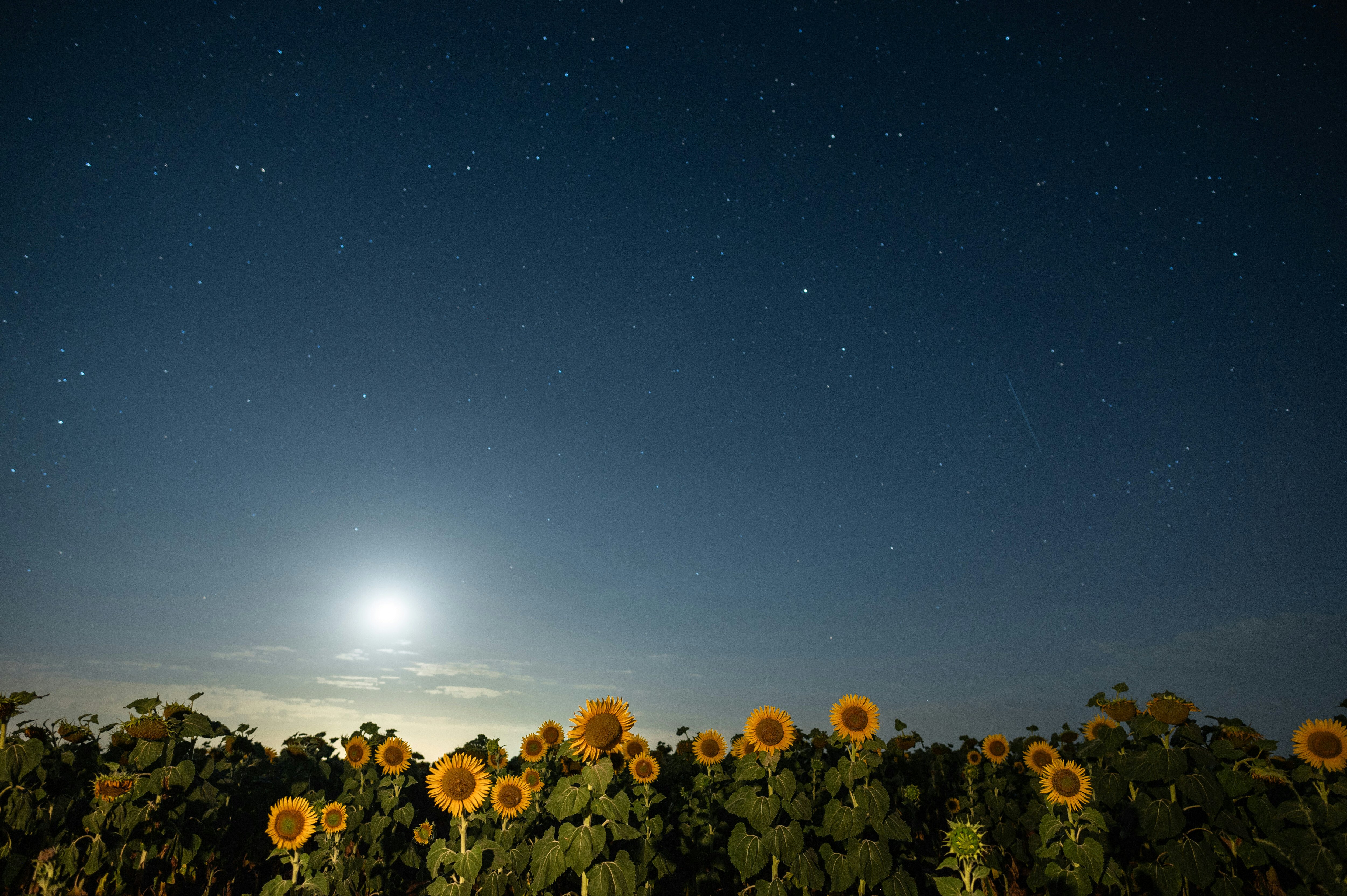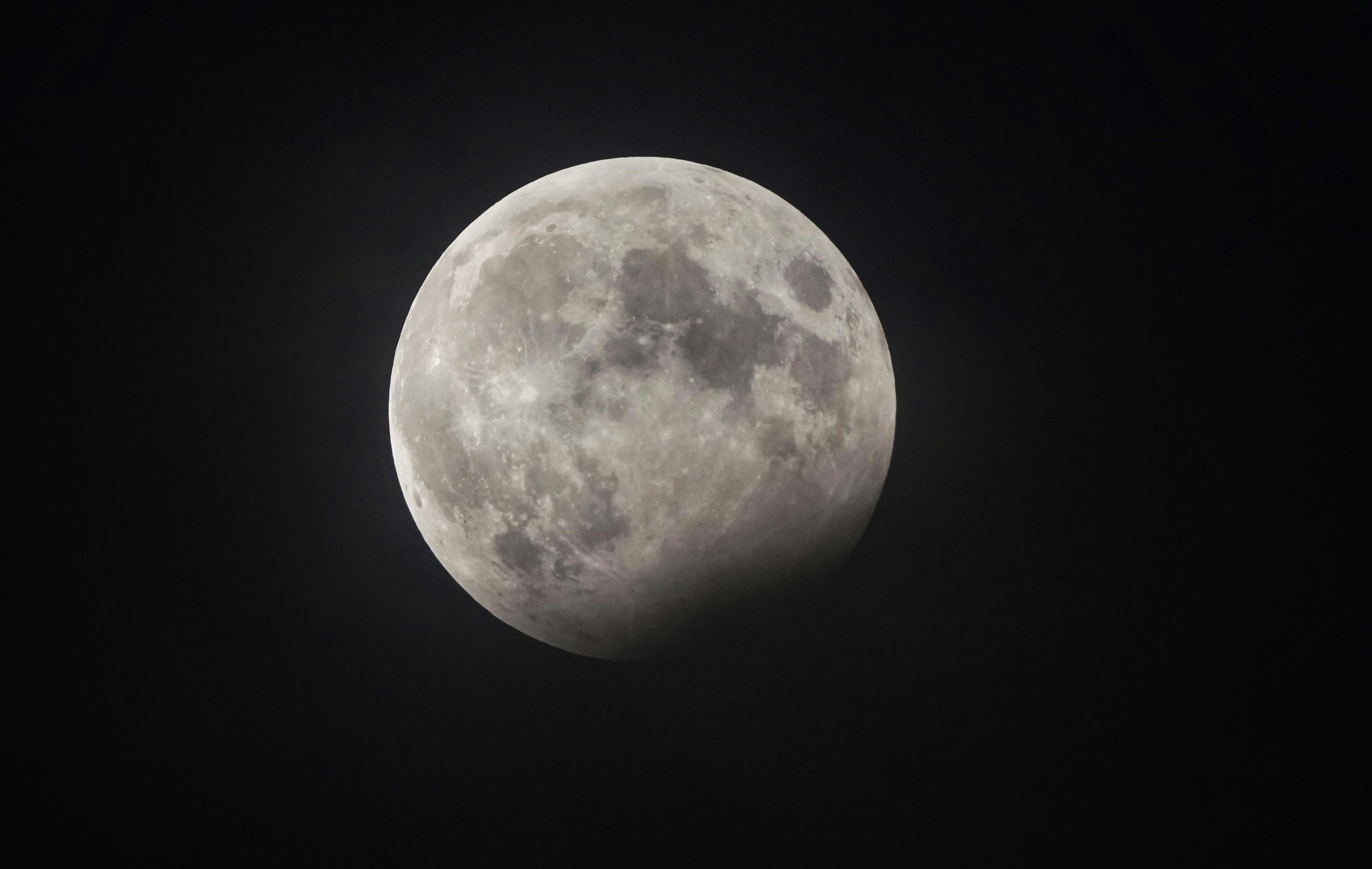
Just days from now, when you view the upcoming Full Moon, try spotting this rare celestial phenomenon that will take place over a sliver of the lunar face.
The Full Moon rises on Tuesday, September 17 at 10:35 pm Eastern. Less than ten minutes later, the Moon’s top edge will enter the peak of a partial lunar eclipse. As an added bonus, the Moon will appear larger than usual in the sky.
The Super Harvest Moon Eclipse sounds epic — and it is. But the eclipse will be subtle. The Moon will skim part of the perpetual shadow Earth casts behind itself, and only the top four to eight percent of the Moon will be in shadow, according to NASA.
Since it will be a supermoon, the Moon’s size will be obvious. As the Moon travels in an elliptical orbit around Earth, its distance from our planet changes from one Full Moon to the next. NASA officials say Tuesday’s Full Moon will be the second of four consecutive supermoons, adding it is “effectively tied with the full Moon in October for the closest of the year.”

What’s in a name?
The September Full Moon is typically called the Harvest Moon. It goes by other names, too. Although the theme resonates worldwide.
“Other European names for this full Moon are the Fruit Moon, as a number of fruits ripen as the end of summer approaches, and the Barley Moon, from the harvesting and threshing of barley,” according to NASA.
This Full Moon corresponds with the Korean harvest festival Chuseok. It is also part of the Japanese festival called Imomeigetsu, which translates as “potato harvest festival,” the space agency added.
But wait, there’s more!
Viewers might see Saturn near the Moon, too. According to Time and Date, the ringed planet will rise around the same time as the Moon, and Mars and Jupiter will later join in the sky. NASA says Venus will also make an appearance, in the same general southern direction. The rising Moon will be about 11 degrees above the east-southeastern horizon. Saturn will be to the upper right, according to NASA, and a little later, Venus will be 2 degrees above the west-southwestern horizon.







